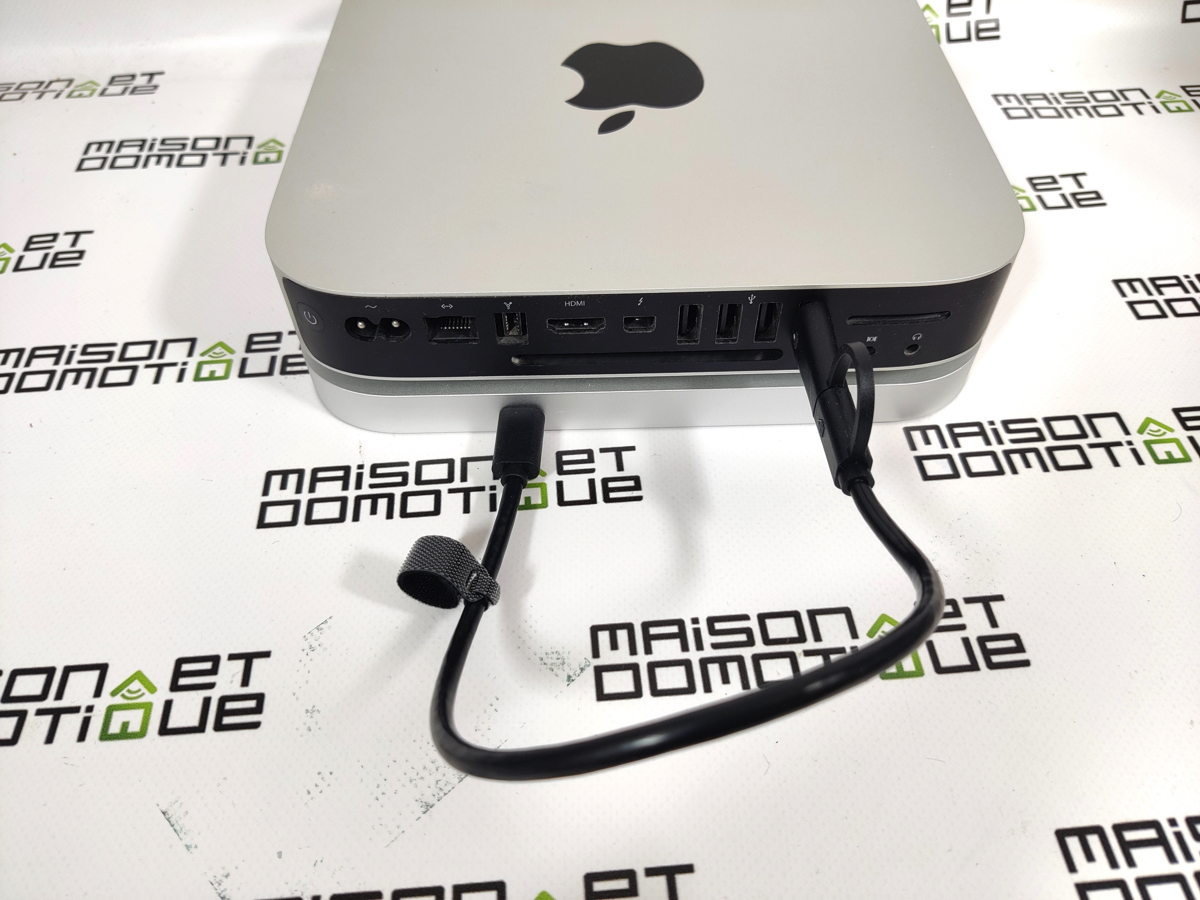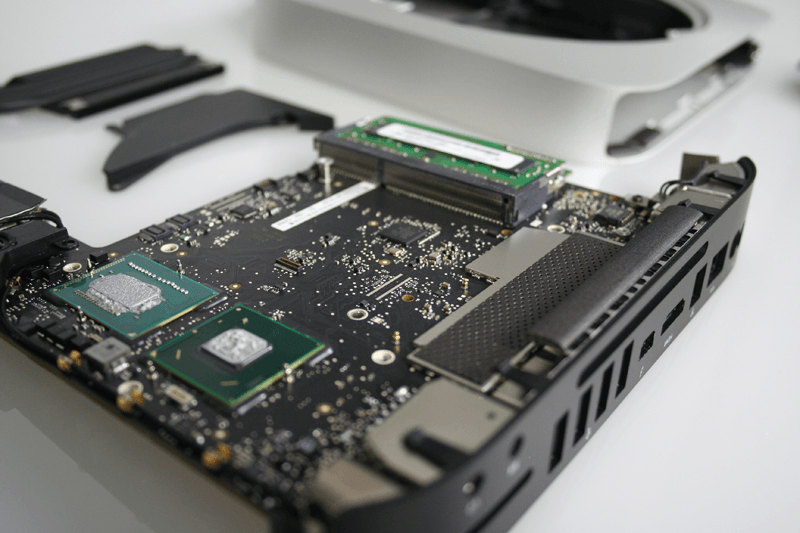

- #Mac mini server review 2011 install
- #Mac mini server review 2011 software
- #Mac mini server review 2011 mac
If you have a large write incoming and you already have 300GB of data on the Mac Mini, short of moving a large amount of data from the system entirely, there's nothing you can do to preemptively clear out room for the large write on the SSD.

The downside is that Apple gives you no ability to manually manage file locations. Go beyond that, and your larger writes slow down. The conclusion is that while fast, the 3.54GB file write landed on SSD's 4GB write space reserve, and the larger folder write spanned across both the fast SSD and the comparably slower mechanical hard drive.Īll of this is to say that once the solid-state drive is full, your file writes should be superfast as long as you stay within that 4GB limit. Instead, the larger write started out very fast for the first 4GB according to the progress bar, but for the rest of the transfer it slowed down considerably, ultimately taking more than 3.5 times as long to write as the smaller file. If the larger file write had occurred at the same transfer speed as the smaller file, you would expect that it would take exactly twice as long. It's only when you want to write more than 4GB at a time that you'll notice a slowdown. That means your day-to-day write activities, like saving different versions of files and moving folders around, will usually end up on the SSD even if you already have a lot of data on the Mac Mini. The reason is that even after you've loaded more than 128GB to the Mac Mini, Fusion keeps a permanent 4GB chunk of space available on the SSD for writes. One thing Fusion does exceptionally well is accelerate data writing. Once you surpass that 128GB, the benefits of Fusion vary depending on what you're doing. Until you overwhelm the SSD, everything feels fast.
#Mac mini server review 2011 install
Remember, until you write more than 128GB of data to the Mac Mini, everything you install or write to the disk goes straight to the SSD.

The extent to which you notice the benefits of Fusion depends on how much data you have on the Mac Mini, as well as the application you're using. From that point on, accessing that particular block of data should be faster.
#Mac mini server review 2011 software
After that second ping, as long as you're within the same user session and you've allowed the system to idle for 20 seconds or so, Apple's Fusion software will automatically move the data over to the solid-state drive, replacing a less active block. It makes that call after you've accessed a data block twice. Heres hoping Apple hear ther feedback and rectify the oversight.Once the mechanical drive does start receiving data, Apple's Fusion software kicks in to determine which blocks you might be accessing more often (efficiently, Fusion can move individual blocks of data, as opposed to entire files). Id go as far as saying that giv en that its an app provided by apple for a fee, that fee should be refunded due to removal of functionality.ĭont buy this app in its current form, there is no value AT ALL!. the app was first available, with but a frqaction of the capability it once had. It is rude of apple to still be charging the samew price as it did whe. although some functionality that was in the server app has been moved top System Pref's as part of macOS Native options, any other functionality no longer in the server app is only accessable using terminal commands which are only suggested used by advanced users. Now, it might as well be a paperweight on your email inbox. This app was one of Apples absolute standout paid apps, it turned any mac into a powerful, functional, easy to use and administer, powerhouse of utilities and information to help do anything from small projects to running a sizable enterprise.


 0 kommentar(er)
0 kommentar(er)
